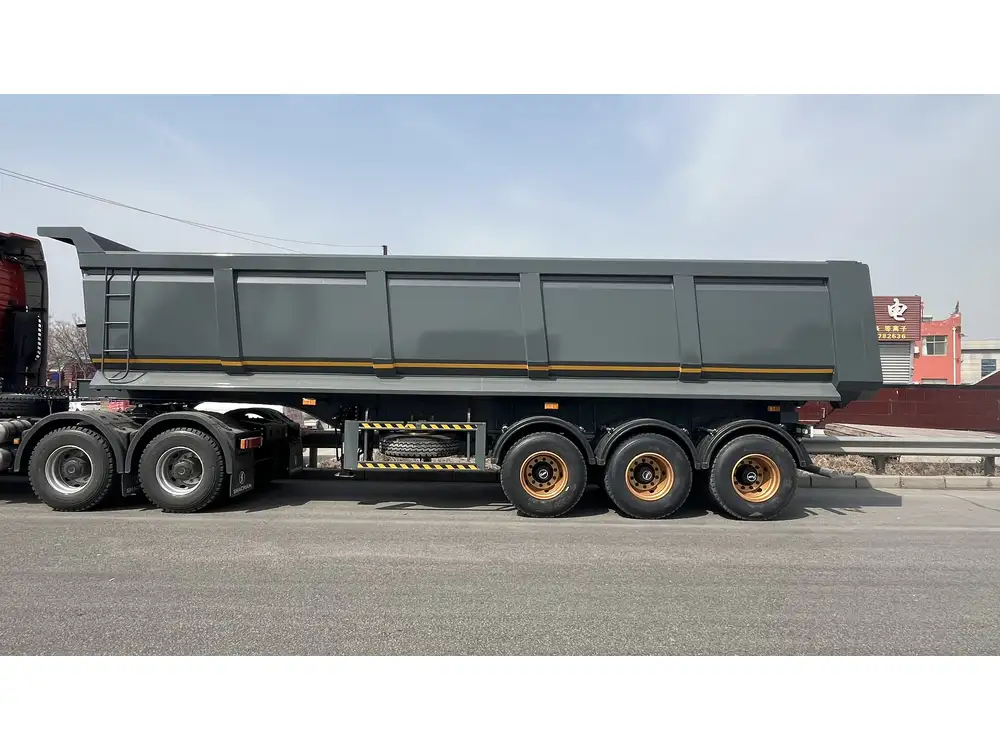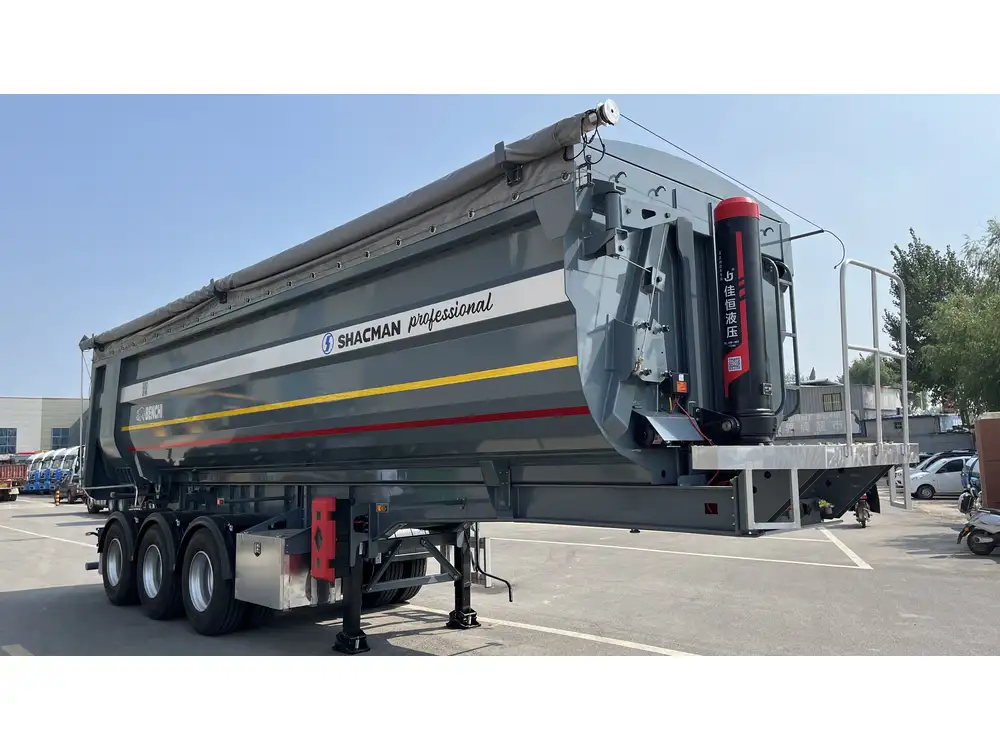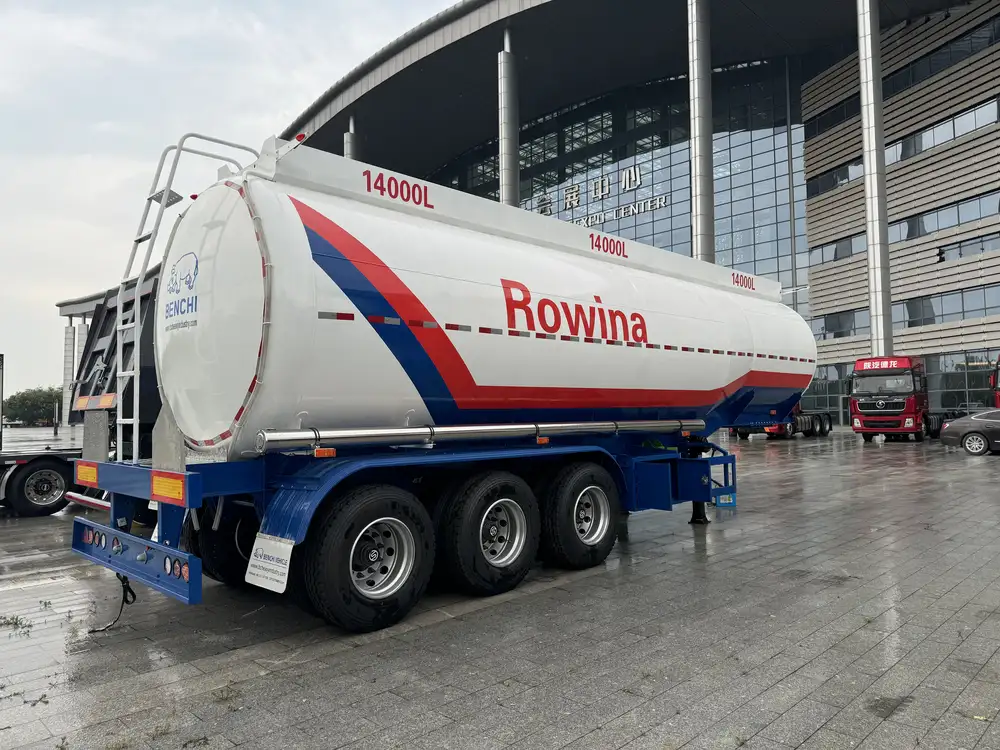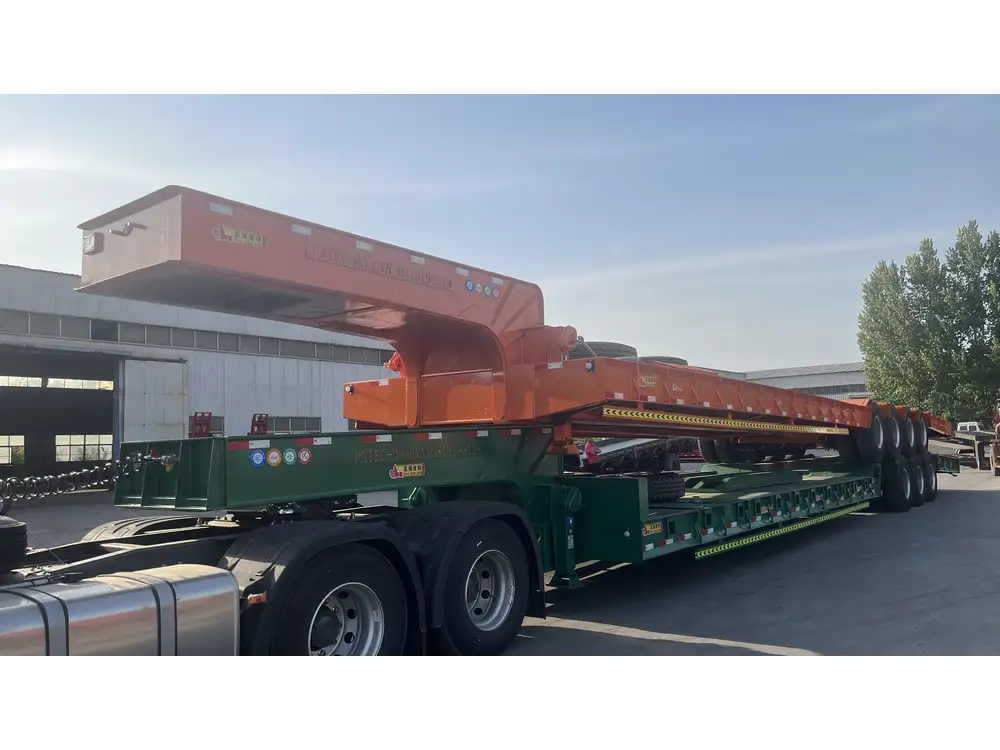Understanding the importance of a properly functioning trailer brake system is a fundamental aspect of operating a semi-truck safely and efficiently. The trailer brake handle, situated prominently on the dashboard, is a crucial component that warrants attention from all truck operators. In this article, we will delve into the specifics of checking and assessing the trailer brake handle, ensuring that truck operators are equipped with the knowledge and skills necessary for maintaining this vital feature.
Table of Contents
Understanding the Trailer Brake System
- Components and Functionality
- Types of Brake Systems
Importance of the Trailer Brake Handle
- Safety Implications
- Impact on Vehicle Performance
Identifying the Trailer Brake Handle on the Dashboard
- Visual Indicators
- Placement Relative to Other Controls
Pre-Check Procedures Before Inspection
- Performing a Safety Walkaround
- Reviewing the Truck’s Manual
Step-by-Step Guide to Checking the Trailer Brake Handle
- Visual Inspection
- Functional Testing
- Adjustments and Corrections
Common Issues With Trailer Brake Handles
- Symptoms of a Faulty System
- Troubleshooting Techniques
Preventive Maintenance Tips for the Trailer Brake System
- Regular Checklists
- Professional Inspections
Conclusion and Key Takeaways
1. Understanding the Trailer Brake System

Components and Functionality
The trailer brake system is designed to engage the brakes on the trailer when the driver pulls the brake handle. This engagement helps ensure that the trailer slows down in tandem with the truck, enhancing stability and control during driving maneuvers. The key components include:
- Trailer Brake Controller: This electronic device manages the amount of braking force applied to the trailer.
- Brake Lines: These hydraulic or pneumatic connections transfer brake fluid or air to the trailer brakes.
- Braking Mechanism: Typically composed of drum or disc brakes, these components provide the actual stopping power on the trailer.
Types of Brake Systems
There are generally two types of trailer braking systems: electric and hydraulic. Each has its unique characteristics and uses:
| Brake Type | Description | Advantages | Disadvantages |
|---|---|---|---|
| Electric | Uses electricity from the truck to activate brake magnets. | Quick response time and easier installation. | Limited to certain weight classes. |
| Hydraulic | Employs fluid pressure to activate the brakes. | More consistent braking performance under heavy loads. | More complex installation and requires additional maintenance. |
2. Importance of the Trailer Brake Handle

Safety Implications
The trailer brake handle is not just an accessory; it is a critical safety feature. A malfunctioning handle can lead to braking issues, increasing the risk of accidents, especially in emergency situations. Properly functioning brakes ensure that the vehicle responds effectively to commands, particularly when descending steep grades or making sharp turns.
Impact on Vehicle Performance
The performance of a semi truck is heavily influenced by its braking system. Inefficient braking can lead to longer stopping distances, reduced maneuverability, and increased tire wear. All these factors can directly impact the overall operational costs of transporting goods, making the trailer brake handle an area that cannot be overlooked.
3. Identifying the Trailer Brake Handle on the Dashboard

Visual Indicators
Typically, the trailer brake handle is located to the right of the steering column. It is often a lever, clearly marked with a symbol representing brake engagement. Familiarizing oneself with the layout of the dashboard is essential for quick access during operation.
Placement Relative to Other Controls
Understanding the spatial arrangement of controls can enable more efficient operations. The trailer brake handle is often situated near other essential controls, such as the parking brake and cruise control. Recognizing this placement can help reduce confusion during high-pressure situations.
4. Pre-Check Procedures Before Inspection

Performing a Safety Walkaround
Before checking the trailer brake handle, conducting a thorough walkaround inspection is crucial. This involves checking for any visible signs of damage or wear on the trailer and brake components. Look for leaks, worn tires, or any abnormal axle movements that could indicate issues with the braking system.
Reviewing the Truck’s Manual
Consulting the vehicle’s manual can provide insights into the specific characteristics of the trailer brake system, including the recommended procedures for inspection and maintenance. This information can be invaluable, especially for newer drivers or those unfamiliar with the model being operated.
5. Step-by-Step Guide to Checking the Trailer Brake Handle

Visual Inspection
- Locate the Handle: Identify the trailer brake handle on your dashboard.
- Check for Obstructions: Ensure that nothing is blocking or hindering access to the handle.
- Examine the Handle: Look for signs of wear, cracks, or other damage indicating potential failure.
Functional Testing
- Engage the Brake: Pull the handle to engage the trailer brakes manually.
- Listen for Sounds: Pay attention to any unusual sounds during engagement, such as grinding or squeaking, which may indicate brake issues.
- Feel for Resistance: The handle should move smoothly without excessive resistance. If it feels stuck, further inspection is necessary.
Adjustments and Corrections
If the brake handle exhibits any problematic signs, adjustments may be required. Most trailer brakes can be adjusted through:
- Set Screws: These may be accessed near the brake assembly. Adjusting them can optimize brake performance.
- Brake Controller Settings: If equipped with electronic brakes, check and adjust the settings on the trailer brake controller based on load requirements.

6. Common Issues With Trailer Brake Handles
Symptoms of a Faulty System
Recognizing the symptoms of a failing trailer brake system can prevent dangerous situations. Here are common warning signs:
- Unresponsive Brake Handle: If pulling the handle does not engage the brakes, immediate investigation is required.
- Motion-Freezing Effect: When the handle is engaged, if the trailer feels like it is still rolling, that indicates a disconnection in the brake line or system.
- Inconsistent Braking Force: If you experience fluctuations in braking power, it may point to electrical issues or inconsistencies in hydraulic pressure.
Troubleshooting Techniques
When faced with issues, consider these troubleshooting techniques:
- Check Connections: Inspect all connections related to the braking system, including wiring and brake lines.
- Test the Brake Controller: Using a voltmeter, check if the controller is functioning properly and delivering the intended voltage.
- Consult a Mechanic: If the issue persists despite efforts, consulting a qualified mechanic can save time and ensure safety.

7. Preventive Maintenance Tips for the Trailer Brake System
Regular Checklists
Formulate a routine checklist to conduct regular inspections of the trailer brake system. Key items to include are:
- Checking brake pads and shoes for wear.
- Ensuring proper fluid levels in the braking system.
- Verifying the functionality of warning lights related to the brake system.
Professional Inspections
Having the trailer brake system inspected by a professional periodically can prevent minor issues from becoming severe. These experts can provide insights into necessary repairs, ensuring that all safety protocols are adhered to.

8. Conclusion and Key Takeaways
Properly checking and maintaining the trailer brake handle on a semi truck dashboard is paramount for safe and efficient operations. By understanding the components and functionality of the trailer braking system, truck operators can ensure the safety of themselves and others on the road. Regular inspections, attention to detail, and proactive maintenance practices can ensure that the trailer brake system functions optimally, thereby enhancing the overall performance and reliability of the semi-truck.
In summary, paying close attention to the trailer brake handle not only bolsters operational safety but also ensures compliance with regulations and fosters a lasting relationship between drivers and their vehicles. As drivers equip themselves with knowledge and implement disciplined checkups, the transport industry thrives on safety, efficiency, and trust.



